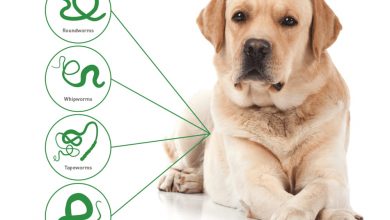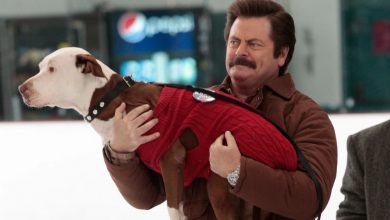The Pros and Cons of Forcing Your Dog to Eat Parvo: Is it Necessary or Unnecessary?

1. Introduction
Parvo is a highly contagious virus that can affect dogs of all ages, sizes, and breeds. It is a serious condition that can cause severe dehydration, vomiting, diarrhea, and even death if left untreated. Force feeding may be necessary for dogs with parvo in order to keep them hydrated and nourished while they fight the virus. In this article we will discuss what parvo is, its symptoms, how to prevent it, how to treat it, when to force feed a dog with parvo and how to do it safely.
2. What is Parvo?
Parvovirus (also known as parvo) is an extremely contagious virus that affects dogs of all ages, sizes and breeds. It is caused by the canine parvovirus type 2 (CPV-2) which attacks rapidly dividing cells in a dog’s body such as those found in the intestines and bone marrow. The virus can be spread through contact with an infected animal’s feces or through contact with contaminated objects such as food bowls or toys.
3. Symptoms of Parvo in Dogs
The most common symptoms of parvo in dogs include vomiting, diarrhea (which may contain blood), loss of appetite, lethargy, fever and dehydration. Other symptoms may include weight loss, pale gums and mouth ulcers. If your dog shows any of these signs you should seek veterinary care immediately as the virus can be fatal if left untreated.
4. How to Prevent Parvo in Dogs
The best way to prevent your dog from getting parvo is to make sure they are vaccinated against it when they are puppies and that their vaccinations are kept up-to-date throughout their lifetime. You should also practice good hygiene by washing your hands after handling an infected animal or coming into contact with their feces and avoiding contact with other animals who may have the virus.
5. Treating Parvo in Dogs
Treatment for parvo typically involves hospitalization so that fluids can be administered intravenously to help prevent dehydration while antibiotics are used to fight any secondary infections that may have developed due to the weakened immune system caused by the virus itself. In some cases force feeding may also be necessary if the dog cannot eat on its own due to lack of appetite or severe nausea caused by the virus itself or its treatments like antibiotics or fluids administered intravenously..
6. When to Force Feed a Dog with Parvo?
Force feeding should only be done under veterinary supervision as there are risks involved such as aspiration pneumonia which occurs when food enters the lungs instead of going down into the stomach where it belongs due to incorrect technique or positioning during feeding time.Force feeding should only be done when absolutely necessary such as when a dog has lost its appetite due to extreme nausea or has been unable to keep food down due to persistent vomiting caused by the disease itself or its treatments like antibiotics or fluids administered intravenously..
7 How To Force Feed A Dog With Parvo?
Force feeding should only be done under veterinary supervision using special equipment such as a syringe filled with either liquid food formula specifically designed for puppies suffering from parvovirus or nutrient dense paste made from boiled chicken breasts mashed together with baby rice cereal fortified with vitamins and minerals like calcium carbonate.The syringe should then be inserted gently into one side of your pet’s mouth while you hold their muzzle closed on the other side so they cannot spit out what you are trying feed them..
8 Risks Involved With Force Feeding A Dog With Parvo
As mentioned before there are risks involved when force feeding a dog suffering from parvovirus including aspiration pneumonia which occurs when food enters into the lungs instead of going down into the stomach due incorrect technique or positioning during feeding time.Additionally there is a risk of choking if too much food is given at once so it’s important that you follow your veterinarian’s instructions carefully when force feeding your pet..
9 Conclusion
>
Parvovirus is an extremely contagious disease that can affect dogs of all ages sizes breeds causing severe dehydration vomiting diarrhea weight loss fever lethargy anorexia and even death if left untreated.While prevention through vaccination is key treating this deadly disease often requires hospitalization antibiotics fluids administered intravenously and sometimes even force feeding depending on severity.If you suspect your pet has been exposed seek veterinary care immediately but remember force feeding should only be done under direct veterinary supervision using special equipment designed specifically for puppies suffering from this deadly disease..



